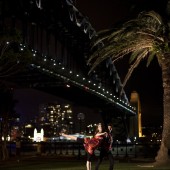
Basic Salsa
Students observe, experience and notate basic salsa moves.

Students observe, experience and notate basic salsa moves.
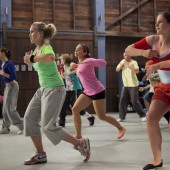
Students discuss cultural dance styles and individual heritages. Plan and teach a cultural dance.
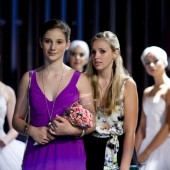
Students create a cygnet dance in the style of line dancing. Rate selves using activity sheet.
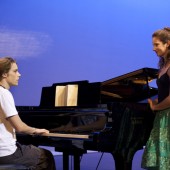
Students learn about dance for people of all abilities, watch some clips of companies that specialise in this field and discuss movements seen.
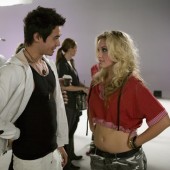
Students discuss framing and editing, plan camera angles for a dance shoot
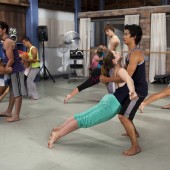
Students develop a dance duet without music by utilising sounds in their immediate environment.
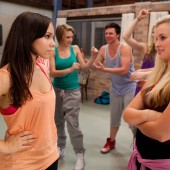
Students prepare a one-minute routine with props.
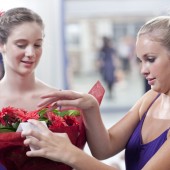
Students learn about dynamics and apply these to a learnt phrase.
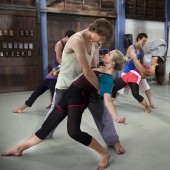
Students engage in two structured improvisations and create a short phrase based on effort actions.
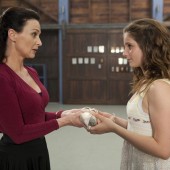
Students consider family traditions and create a movement phrase based on action words.
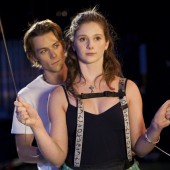
Students create a floor phrase where they do not use their hands or stand on their feet.
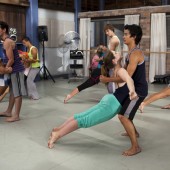
Students play two games that explore differences in effort levels when applying force and flow in dance.
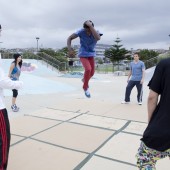
Students participate in a number of small activities leading to hip hop free form (improvisation).
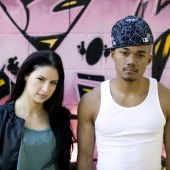
Students find examples of graffiti and create a phrase based on graffiti images.
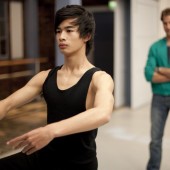
Students create their own Haka.
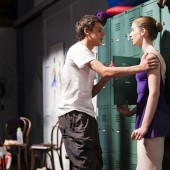
Students create a feel good dance. Reflect on their feelings before and after.

Students attempt to expand their solo ideas through improvisation techniques.
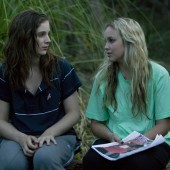
Students watch examples of site specific work and generate movement response to alternative locations.
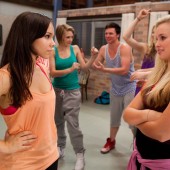
Students create a jumping phrase and consider musical implications for different jump speeds.
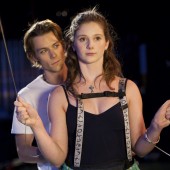
Students learn about safe dance practice in relation to jumps.
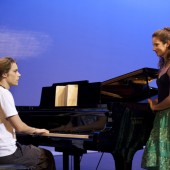
Students explore a range of jumps and observe some jump styles from the internet.
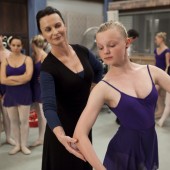
Students consider the communication skills necessary to teach specific skills.
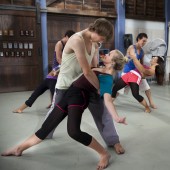
Students learn some movements from the clip, arrange these in an order that they prefer and perform the dance to a range of musical scores.
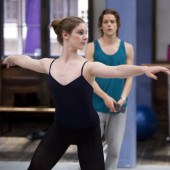
Students collaborate in pairs as choreographer and dancer to develop a dance solo.
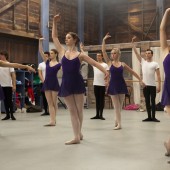
Students describe footwear for dance, history of the point shoe and experience a range of feet and calf strengthening exercises, keeping a record.
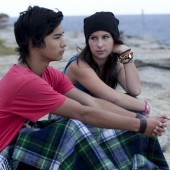
Students learn what constitutes a safe dance space and carry out a check.
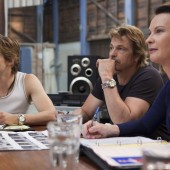
Students learn how, when and why to stretch and create a poster demonstrating understanding of the theory.
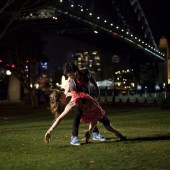
Students improvise with the basic salsa steps.
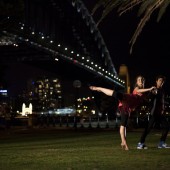
Students learn one salsa dance and then swap leading roles.
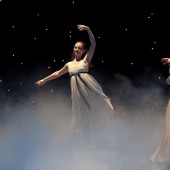
Students learn about the influence of the Ballet Russes, hear the story of Scheherazade and design a costume for one of the characters.
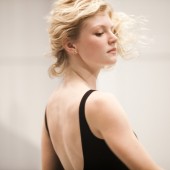
Body shape is explored through improvisation of shapes – call and response method with reflective activity.
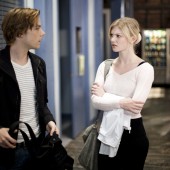
Students choreograph pathways in space using their initials as impetus.
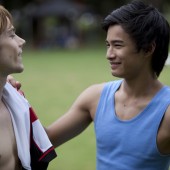
Students select movement from three different sports and create a dance.
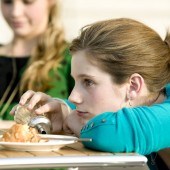
Students create a dance, photograph or draw it and arrange as a storyboard. Extension activity rearranging the elements.
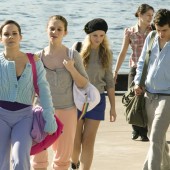
Students create a dance about bullying, perform and direct each other.
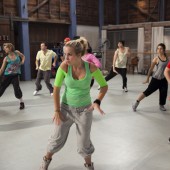
Students warm up and learn a dance from the Dance Academy website tutorials.
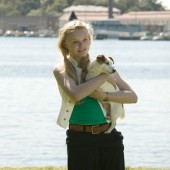
Students learn about range of motion in the foot and ankle and explore personal range of motion.
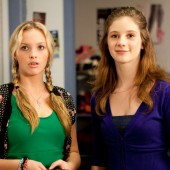
Students learn about the history of hip hop and based on freezes and poses create a simple hip hop phrase.
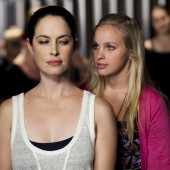
Students learn to hear and perform to the beat.
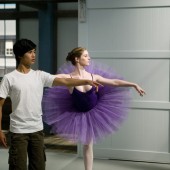
Students experience a range of trust activities and rate their levels of trust.
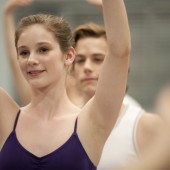
Students experience a range of activities and create a dance to be performed in unison. Feedback by peer review.